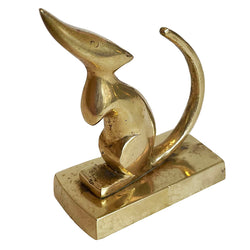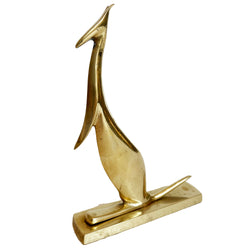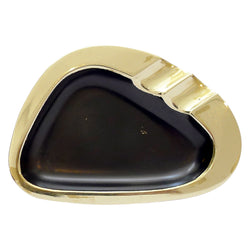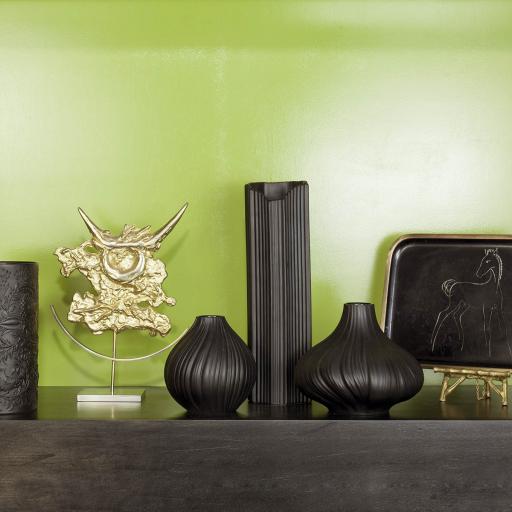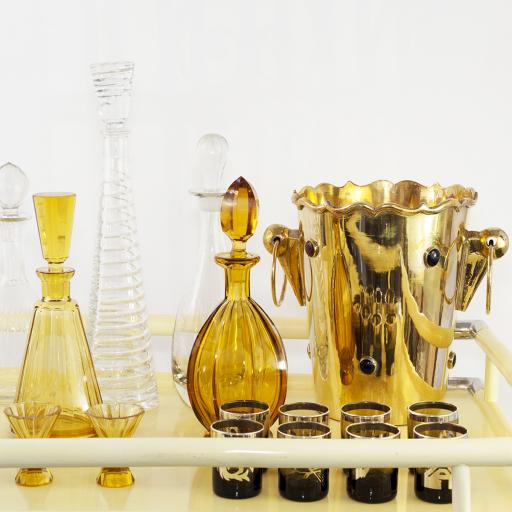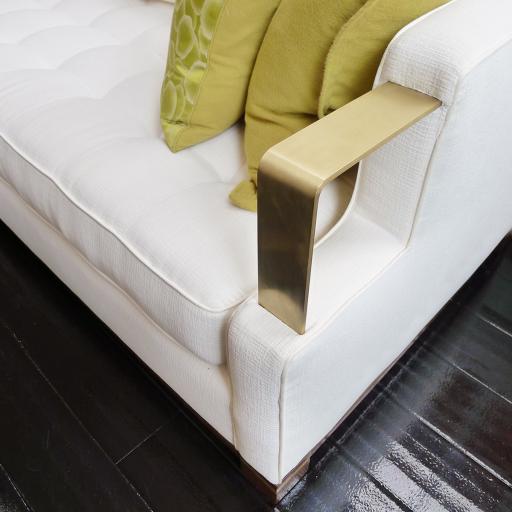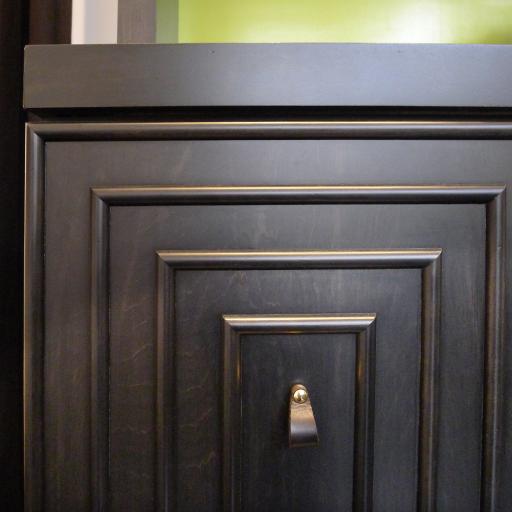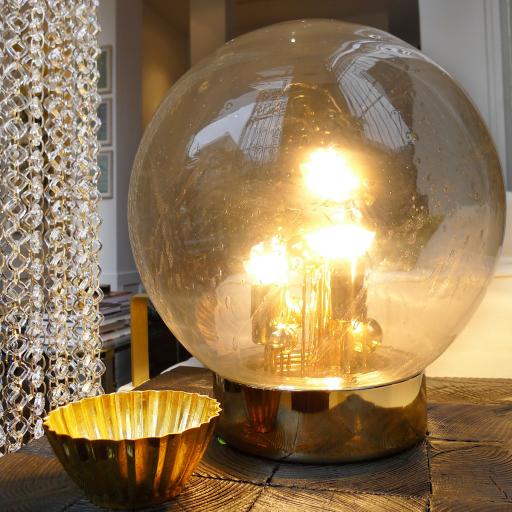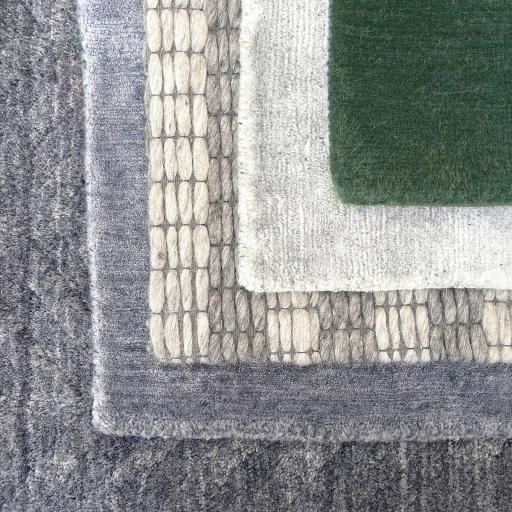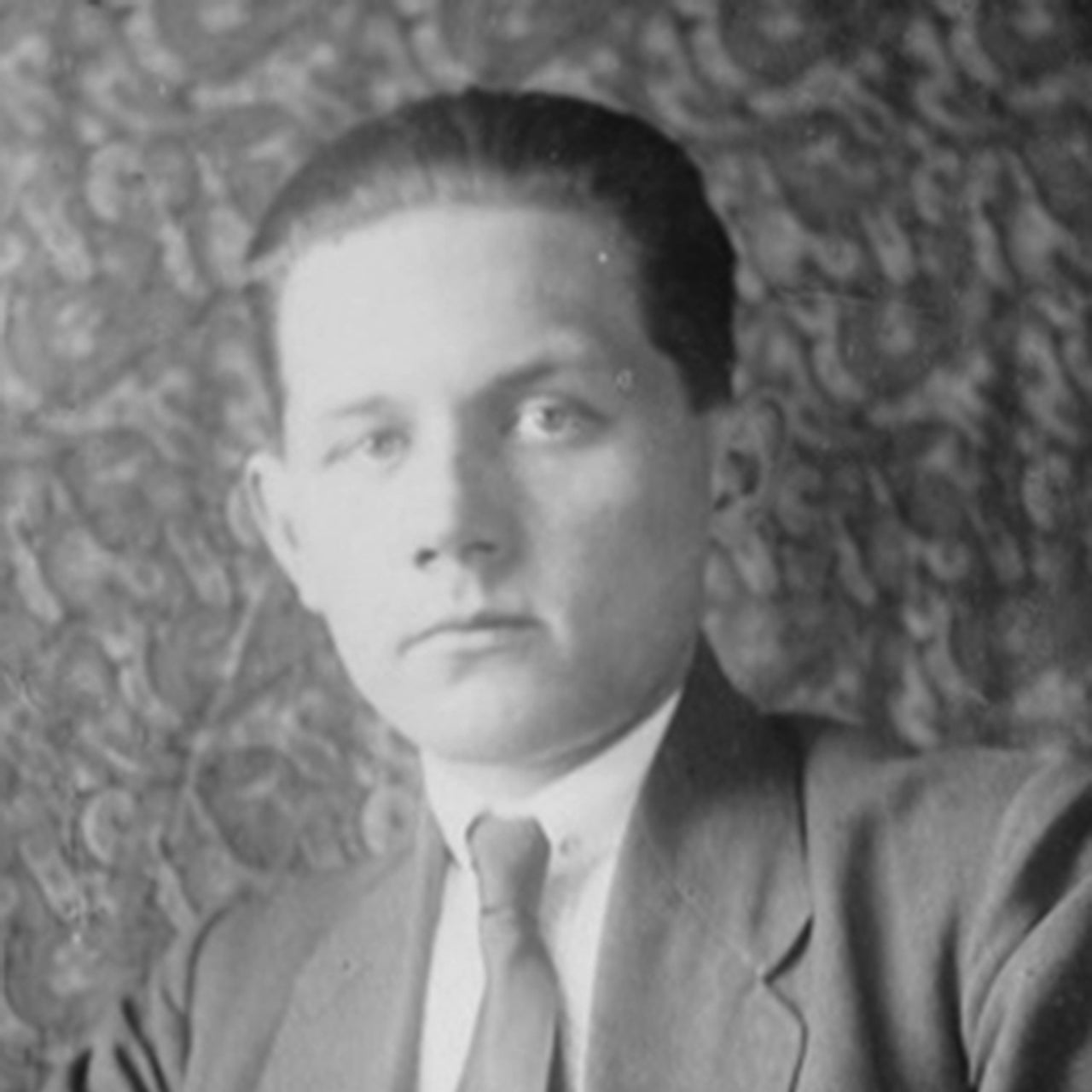
Karl Hagenauer
Karl Hagenauer (1898–1956) was an influential Austrian designer in the Art Deco style. Son of goldsmith Carl Hagenauer he enrolled at the Universität für Angewandte Kunst (University of Applied Arts) at age eleven. There he studied with Josef Hoffmann and Oskar Strnad and created designs for the Wiener Werkstätte. After wartime service he resumed his training and graduated as an architect. He joined the family business in 1919 and eventually assumed leadership.
Hagenauer was influenced by the popularity of the Vienna Secession and created stylized animals and whimsical creatures handcrafted in brass, which had broad appeal in domestic and American markets. Some were functional, such as mirrors, cigar cutters, ashtrays, candlesticks, bookends, hood ornaments and lamp bases. Other larger sculptures in wood and metal (such as the iconic Josephine Baker in the collection of the Casa Lis Art Nouveau and Art Deco Museum in Salamanca) were purely decorative. Hagenauer's work was presented at the “Exposition des Arts Décoratifs” in Paris in 1925, where he won a bronze and a silver medal. He designed the company’s trademark “wHw” (for Werkstätte Hagenauer Wien) and registered it in 1927. While Hagenauer was the principal designer of everyday objects (and some sculptures), his younger brother Franz specialized in sculpture.

